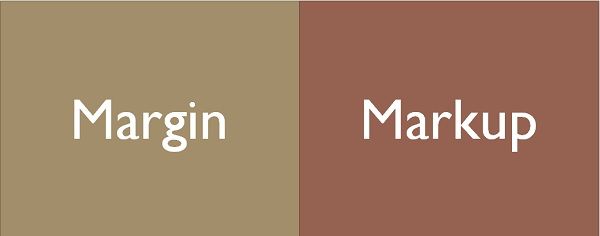Definition: The Mark-up pricing is the method of adding a certain percentage of a markup to the cost of the product to determine the selling price.
Markup (or price spread) is the difference between the selling price of a good or service and cost. It is often expressed as a percentage over the cost. A markup is added into the total cost incurred by the producer of a good or service in order to cover the costs of doing business and create a profit. Calculate the markup percentage on the product cost, the final revenue or selling price and, the value of the gross profit. Enter the original cost and your required gross margin to calculate revenue (selling price), markup percentage and gross profit. This calculator is the same as our Price Calculator. Revenue = Selling Price. A: 'Mark-up' literally means the amount you 'mark up' the cost. This means the amount you increase the cost by to get to the selling price, and is expressed as a percentage of the cost.
In order to apply the mark-up pricing, firstly, the companies must determine the cost of a product and decide on the amount of profit to be earned over and above it and then add that much markup in the cost.
- Markup pricing or cost-plus pricing is a pricing strategy where the price of a product or service is calculated by adding together the cost of the products and a percentage of it as a markup. The percentage or markup is decided by the company usually fixed at the required rate of return.
- The difference between the cost price and the selling price, computed as a percentage of either the selling price or the cost price. An increase in price, as of a commodity. The amount by which a price is.
Let’s understand the mark-up pricing through an example.
Suppose, there is a laptop manufacturer who has the following cost and sales expectations:
Variable cost per unit: Rs 30
Fixed Cost: 5,00,000
Expected Unit Sales: Rs 50,000
The manufacturer’s unit cost is given by:
Unit Cost = Variable cost + Fixed cost/unit sales
Thus, Unit cost = 30 + 500000/50000 = Rs 40
Once the cost is determined, the manufacturer decided to add a 20% markup on sales. The mark-up price is given by:

Mark-up price = unit Cost/1-desired return on sales
Thus, mark-up price = 40/ 1-0.2 = 50
Markup The Price Meaning

Markup On Sales Pricing
Hence, the manufacturer must charge Rs 50 to earn a profit of Rs 10.
The benefit of using the mark-up pricing is that it is very simple to calculate and understand. Also the same type of pricing used by all the firms in the industry, the price tends to be similar and hence, the price competition reduces in the market.
Markup Based On Selling Price Meaning
But however, it also suffers from limitations, while computing the mark-up price the actual demand for the product is ignored. Also, the perceived value of the customer and the amount of competition prevailing in the market is overlooked.
Markup Selling Price Meaning
Related terms:
